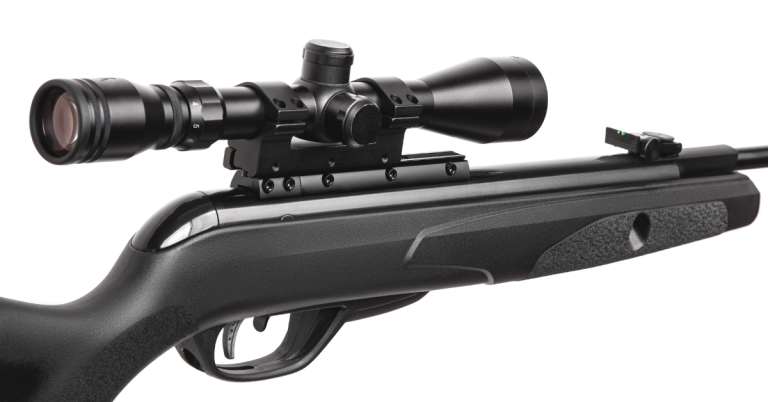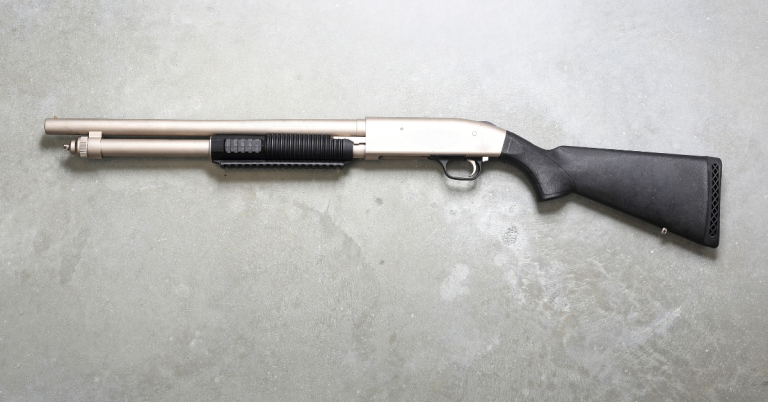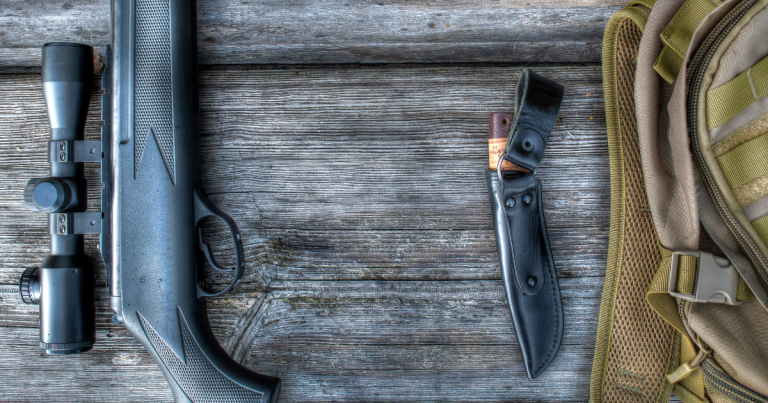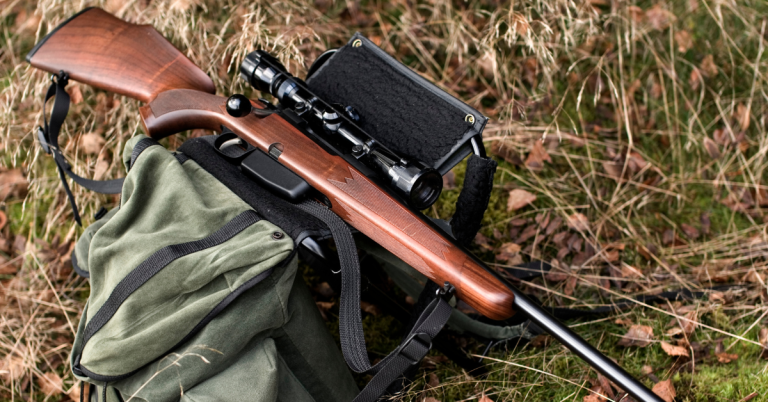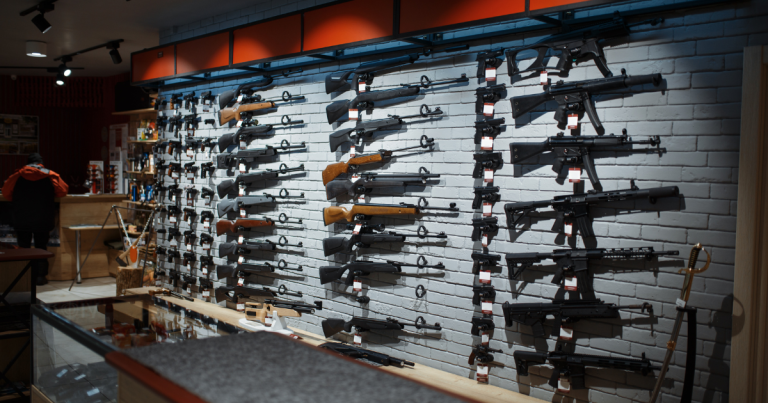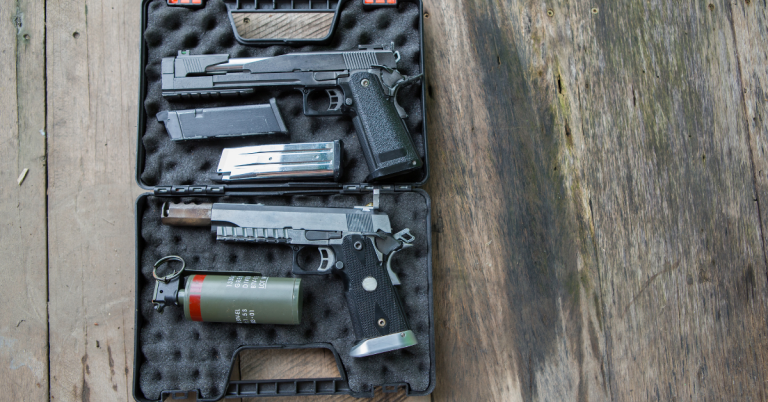How do you effectively hunt small game with an air rifle?
Hunting small game with an air rifle is an engaging sport that requires skill, patience, and the right equipment. Whether you’re after squirrels, rabbits, or other small varmints, using an air rifle can be a rewarding method of hunting.
Choosing the Right Air Rifle
1. Power and Precision
- Select an air rifle that provides sufficient power for a clean, ethical kill. Look for rifles that can propel .177-caliber pellets to at least 1000 fps and .22-caliber pellets to at least 650 fps.
2. Rifle Type
- Consider a spring- or gas-piston-powered airgun for small game hunting. These are simple to operate and don’t require many accessories.
Selecting the Right Pellets
1. Pellet Type
- Use heavier lead or pure copper pellets for maximum impact and sufficient penetration. Aim for around 7 grains minimum in .177 caliber, and 14-plus grains in .22 caliber.
2. Pellet Shape
- Choose hollow-point or tipped hollow-point pellets for small predators and game like squirrels and rabbits, as they carry more energy and expand upon impact.
Understanding Your Prey
1. Study Your Target Species
- Learn about the small game you plan to hunt. Understand their habits, habitats, and the best times of day for hunting them.
Enhancing Your Skills
1. Practice Your Aim
- Accuracy is key when hunting small game with an air rifle. Practice shooting at different distances and angles to improve your aim.
2. Know Your Rifle
- Familiarize yourself with your air rifle’s capabilities. Spend time shooting it to understand its quirks and how it performs under various conditions.
Hunting Techniques
1. Stalking and Ambush
- Use stealth to your advantage. Move quietly and use natural cover to approach your quarry or wait in ambush.
2. Shot Placement
- Aim for vital areas to ensure a quick and humane kill. The head and chest are typically the most effective targets.
Safety and Ethics
1. Legal Considerations
- Always confirm the legality of firing an air rifle within your hunting area and adhere to game-commission regulations.
2. Responsible Shooting
- Ensure you have a solid backstop for your shots and be mindful of where your pellet may end up if you miss your target.
FAQs
What are the environmental impacts of using lead pellets, and are there any eco-friendly alternatives?
While lead pellets can be effective for hunting, they pose environmental risks such as soil and water contamination. Eco-friendly alternatives include non-toxic steel, bismuth, or tungsten pellets, which provide similar ballistic properties without the harmful environmental impact.
How does weather affect air rifle hunting, and what conditions should I avoid?
Weather can significantly impact the trajectory of pellets and the behavior of small game. Extreme cold can reduce the power of spring-piston air rifles, while wind can alter pellet paths. It’s best to avoid hunting during heavy rain or strong winds, which can also make it difficult to track and approach game.
Can I use air rifles for pest control, and what are the guidelines?
Air rifles can be used for pest control, but it’s important to follow local regulations regarding which species are considered pests and the permissible methods for their control. Always prioritize humane methods and consult with wildlife authorities if in doubt.
What maintenance routines should I follow to keep my air rifle in optimal condition?
Regular maintenance includes cleaning the barrel to remove residue, checking and tightening all screws, and lubricating moving parts with appropriate oils or greases. Store your air rifle in a dry, secure place to prevent rust and damage.
Are there any specific training courses or certifications required for hunting with an air rifle?
While not always mandatory, it’s highly recommended to complete a hunter education course to learn about safety, ethics, and responsible hunting practices. Some regions may require a specific certification for hunting with air rifles, so check with your local game commission.

